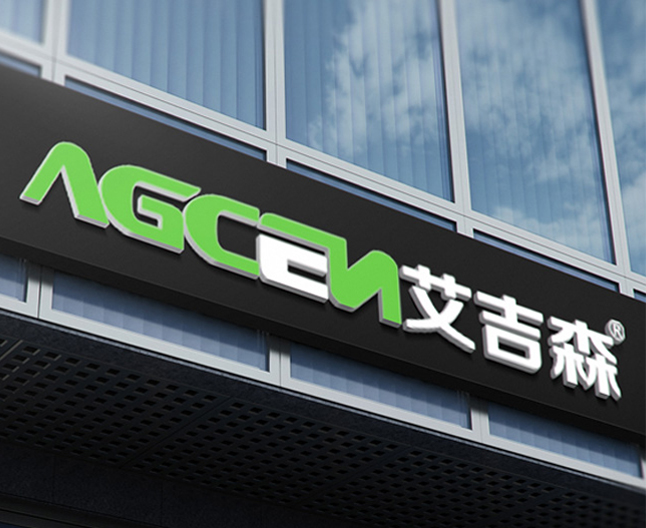
New national standard era air purifier brand Aijisen
Release time:
2017-06-16
The new national standard for air purifiers, which officially landed on March 1, clearly stipulates four core indicators that affect the purification effect of air purifiers: CADR value (clean air volume), CCM (cumulative purification volume), energy efficiency level and noise standard.
The media generally believe that the implementation of the "most stringent" new national standard for air purifiers will bring a large-scale industry reshuffle to the market. Unstandardized marketing methods will be stopped, substandard products in the stock market will be gradually delisted, and air purifier companies that lack relevant technical capabilities will be completely eliminated. Higher entry barriers make the development of the industry more standardized, and more stringent and clear technical standards can help consumers calmly choose more high-quality and more affordable air purifiers. The "new national standard era" is coming.
At present, China's air purifier market is still in the stage of "competing for supremacy. Although the new national standard has forced some brands that do not meet the technical standards to withdraw from the market, the role of the new national standard is only to drive away the "miscellaneous army" that snatches market share by fighting price wars for the more advanced technology, such as Agiesen, Philips, Ole, Olanxi, etc ". In addition, with the addition of Samsung, Xiaomi, Midea, Gree and other electronic product giants, the competition in the air purifier market has become more intense.
So, with the arrival of the "new national standard era", who will dominate the air purifier market in the future? Is it the pioneers such as Agiesen, Philips, Ouler, Oranchi, etc. who have already gained a foothold in the industry, or the emerging giants such as Samsung, Xiaomi, Midea, Gree, etc. who have crossed over from other industries?
It should be noted that at present, the development of China's air purifier market is still less than 5%, while in South Korea, which is separated by a sea from China, the retention rate of household air purifiers alone has reached 80%. The huge market space can help any brand from obscurity to an industry giant. In addition, with the upgrading of consumption, Chinese consumers are getting rid of the traditional blind follow-up consumption, more consideration of brand performance, reputation and product experience, to the future pattern of China's air purifier industry has brought more variables.
Related news


